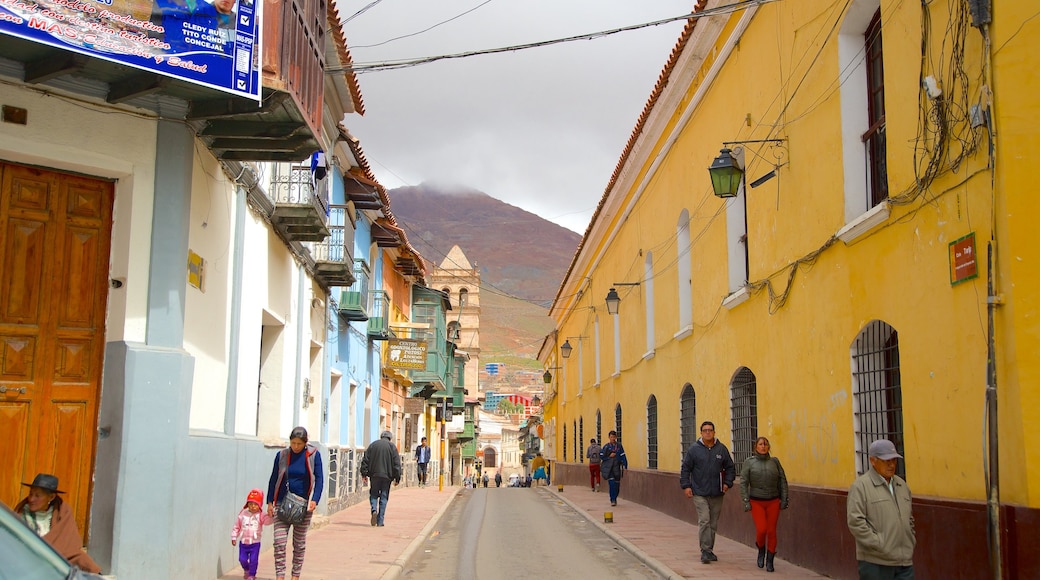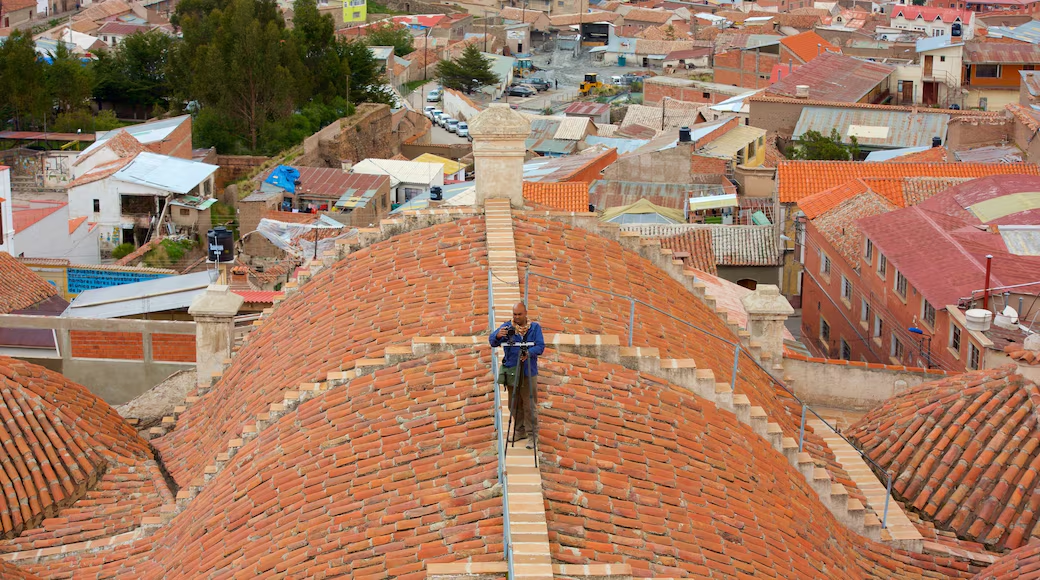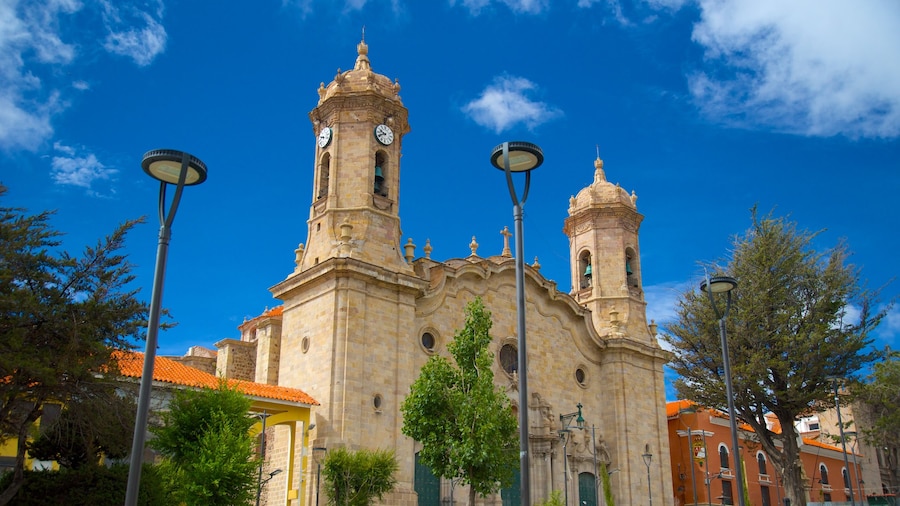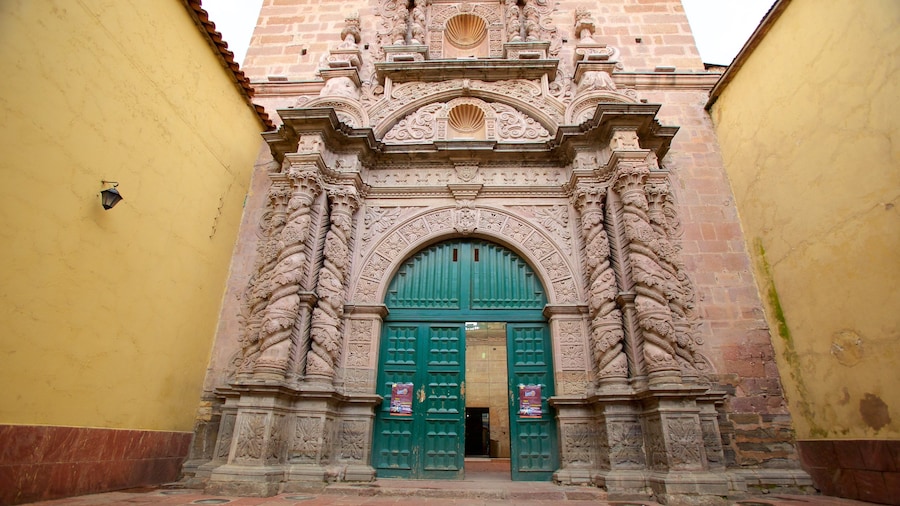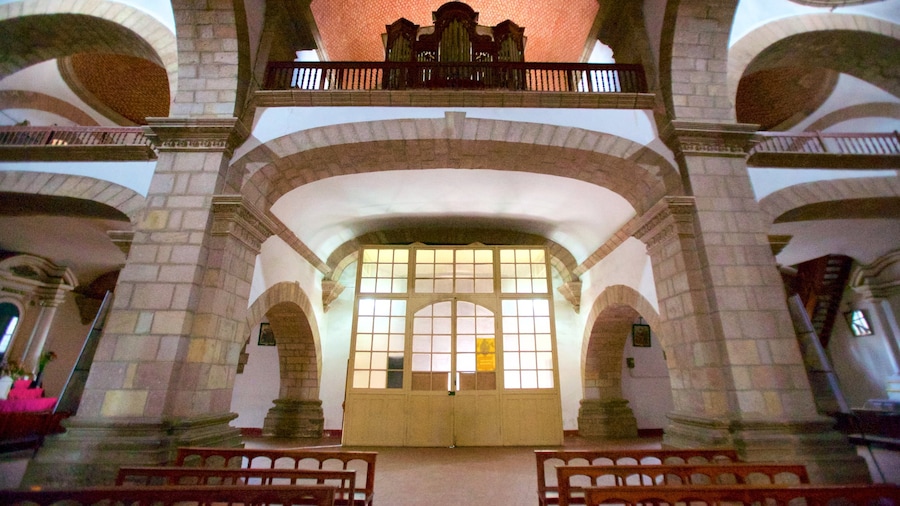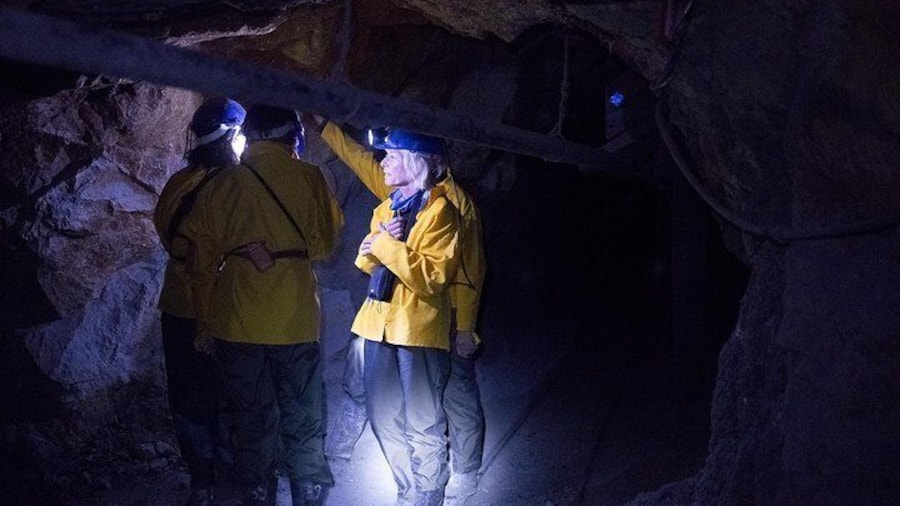See the impact of industrial and mining history on Potosi, a city with architecture and museums that demonstrate the lasting legacy of colonialism. Visit mining complexes and learn about industry in Bolivia. The city’s numerous churches add to the appeal of this little-explored city and show the impact of religion on the region.
Potosi’s history has been shaped by its natural resources. See traces of the city’s silver-mining boom, which began in the mid-16th century and led to a population explosion. Colonists moved here after discovering silver and left an indelible mark on the city. Look for beautifully preserved colonial buildings in the lively streets of the city center.
Explore Cerro RicoOpens in a new window, or “Rich Hill,” the source of Potosi’s historic wealth. Ex-miners from the city will take you on a tour of the mines, which are still active today. Take adequate safety precautions when choosing a tour operator.
Discover how this silver was turned into money in the Royal Mint. Follow the story of one of the world’s oldest currencies. Admire the historic building before exploring the museum on a guided tour.
Choose one of the many religious sites in the city to visit. The Compania de JesusOpens in a new window church features a bell tower with intricately detailed carving. Climb the tower for panoramic views of the city.
The Convent of St. Francis and the Convent of St. Teresa both feature extensive collections of religious artwork in their museums. Search in the narrow streets for small chapels and other historic churches, each with their own unique appeal.
Potosi sits at an elevation of 13,290 feet (4,050 meters) in the mountains toward the south of Bolivia. Pack warm clothing when visiting, especially if coming in the dry months between April and October.
Take a bus or train into Potosi from Uyuni, Sucre or La Paz. Alternatively, fly into Captain Nicolas Rojas Airport from Cochabamba for views of the city surrounded by the highland plains, with Cerro Rico looming in the background.



